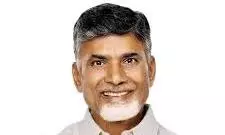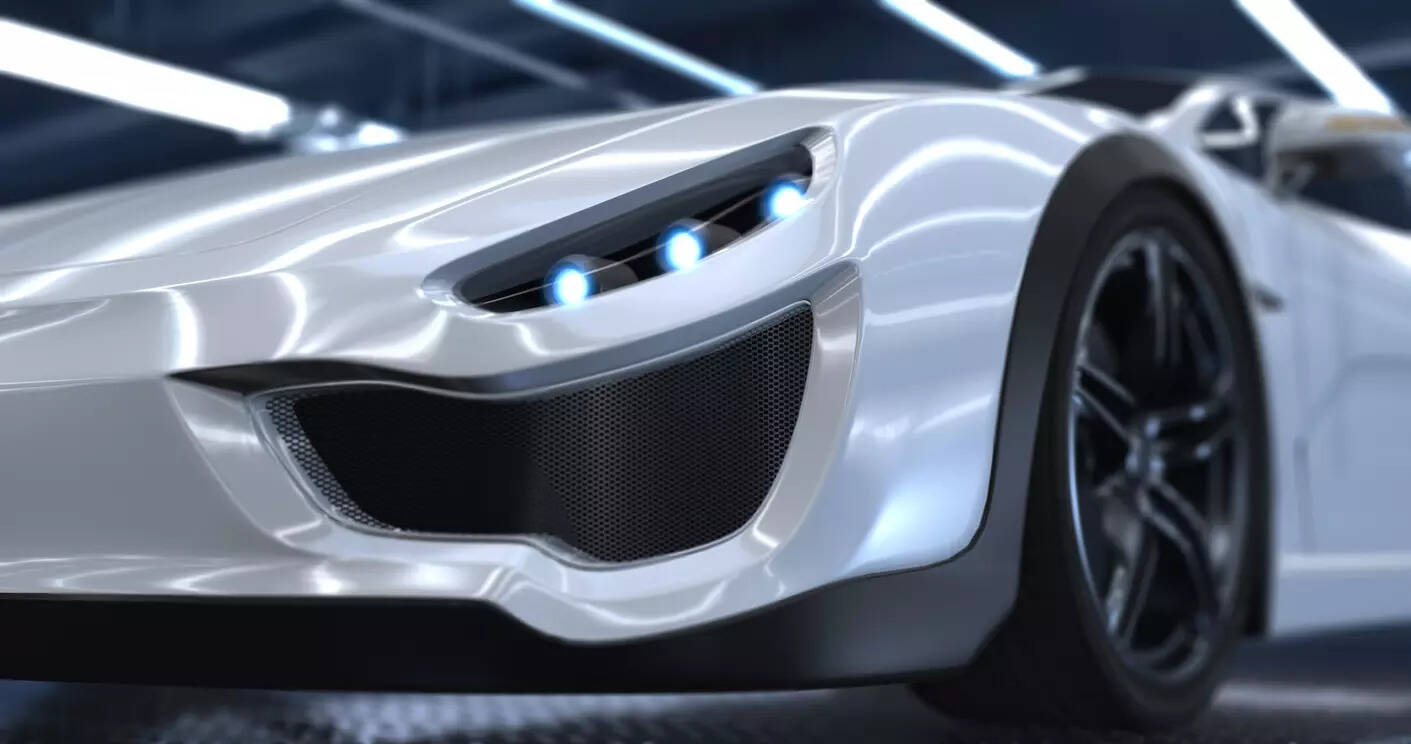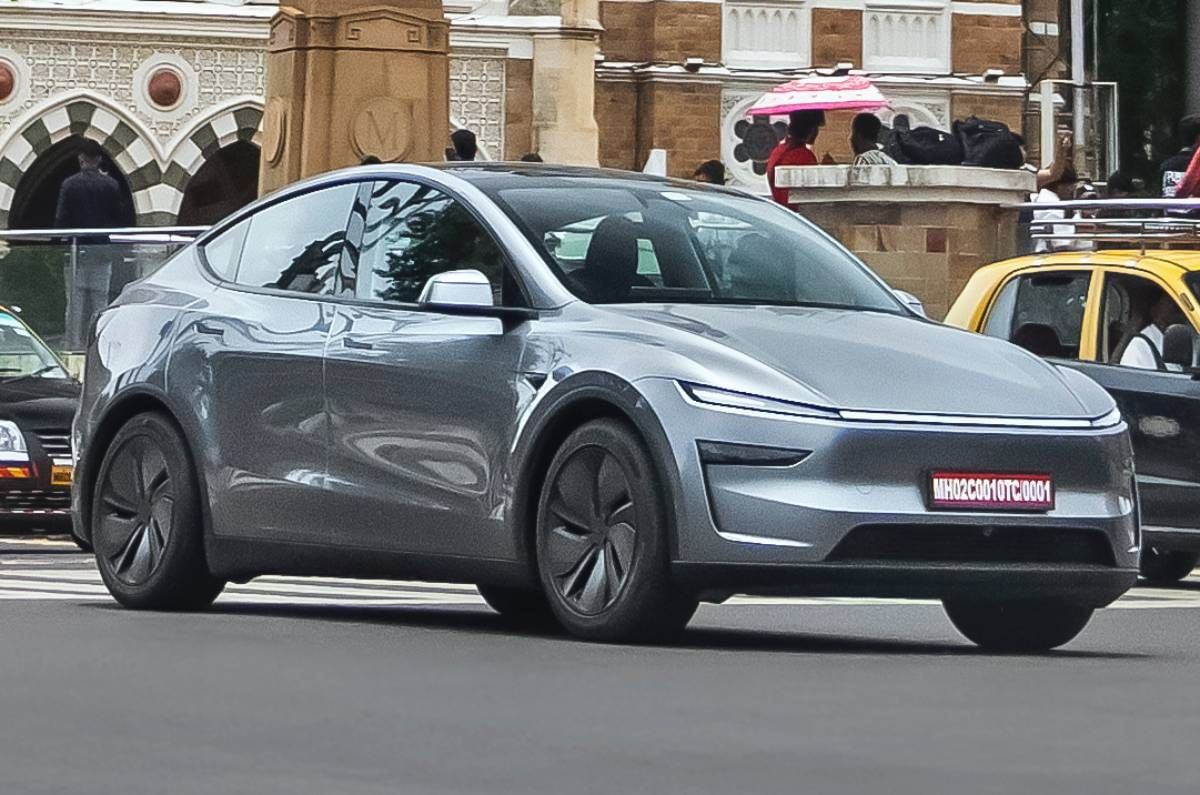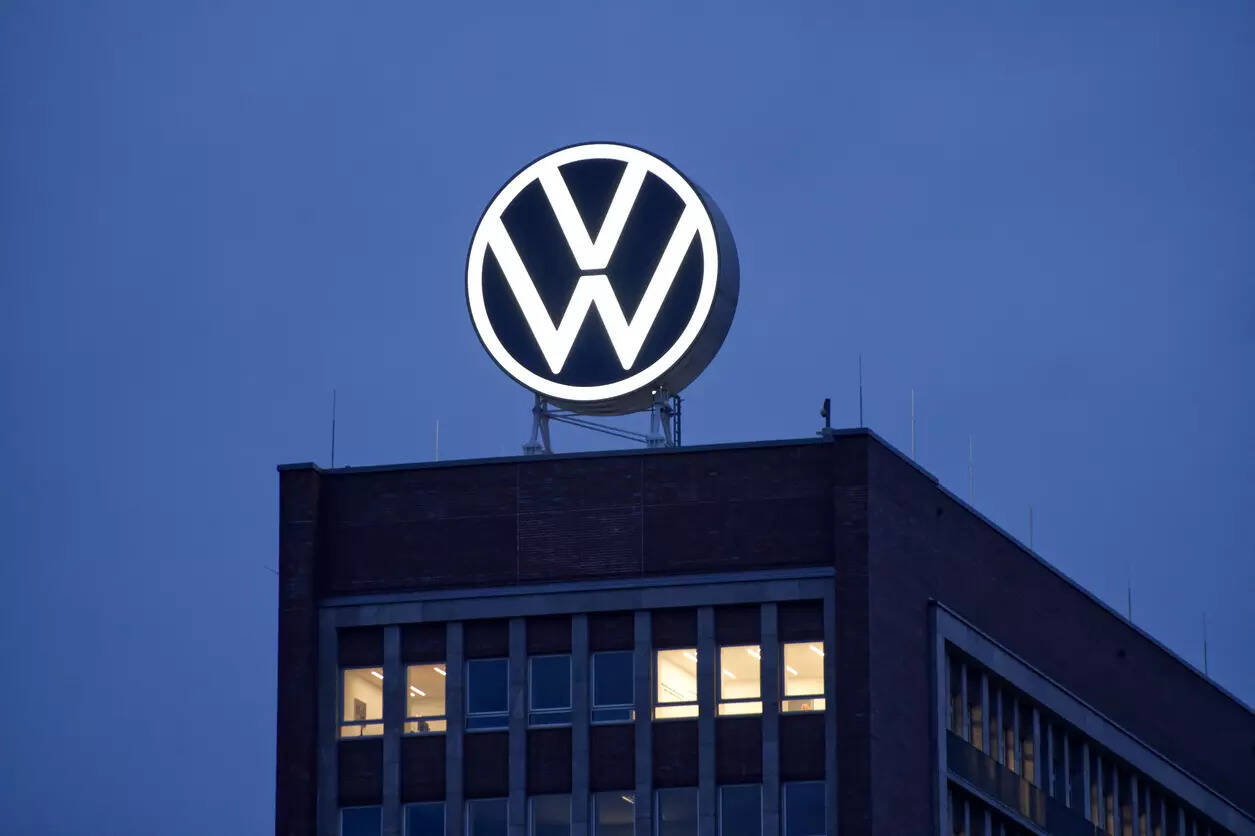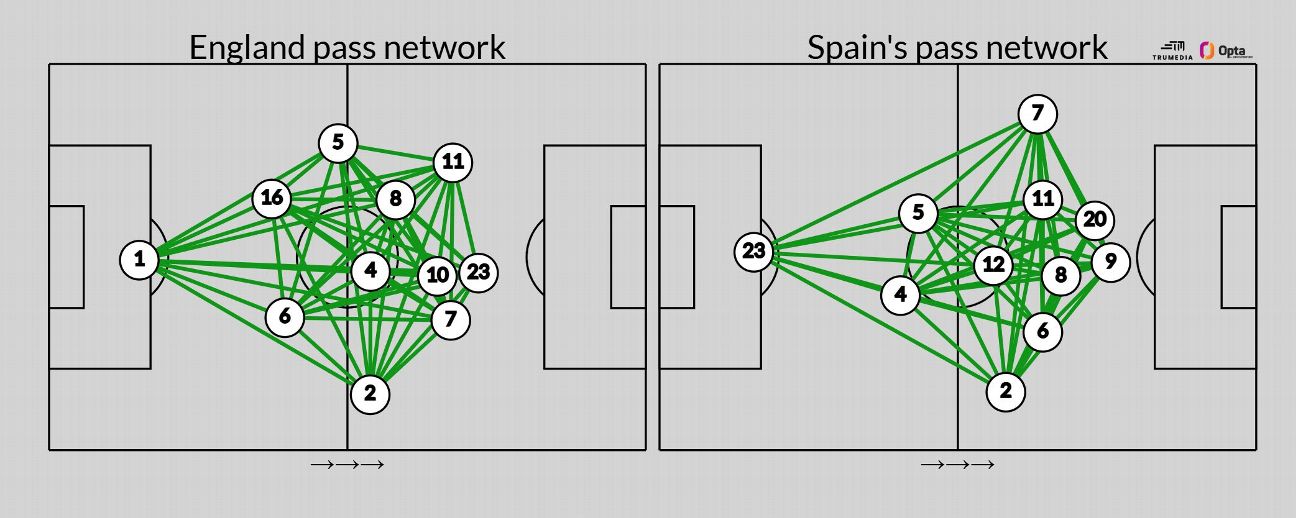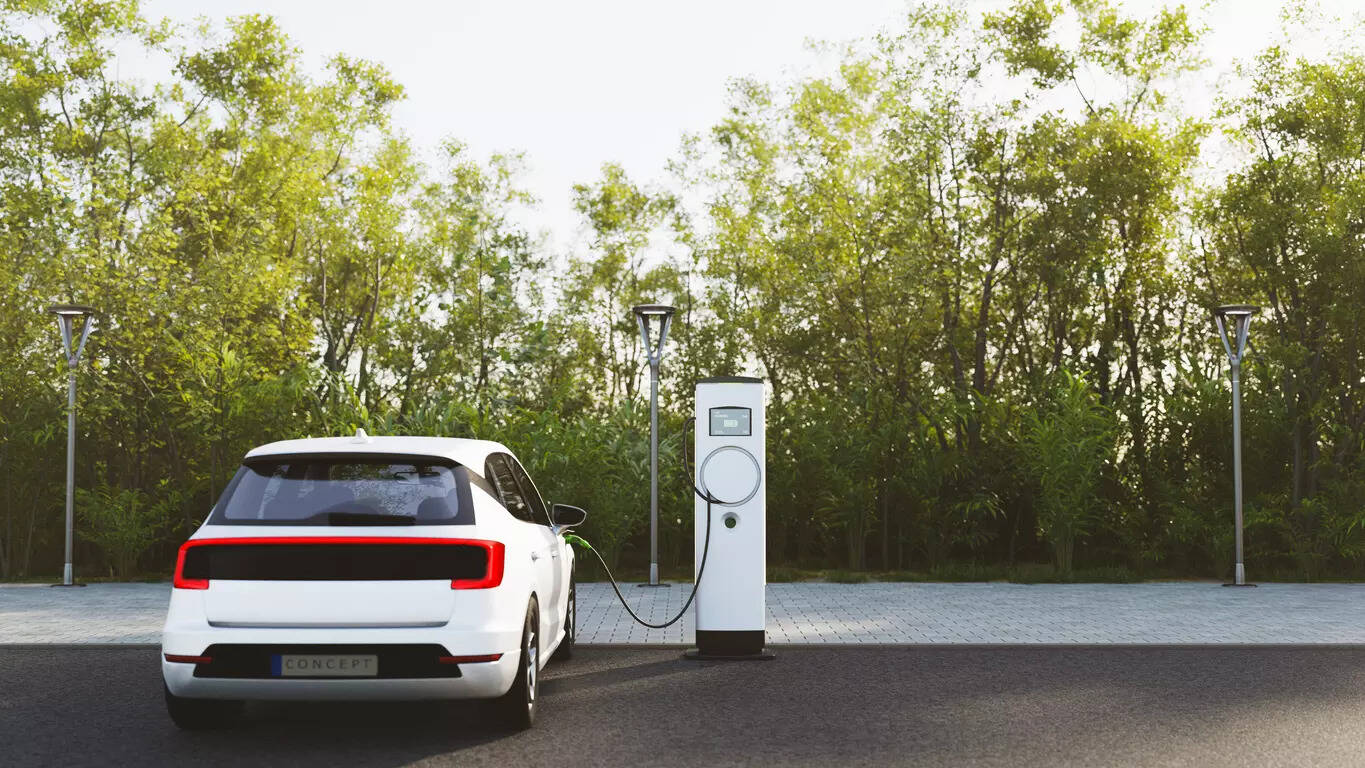 SPMEPCI requires a participating OEM to commit ₹4,150 crore ($500 million) minimum investment in setting up a manufacturing facility for electric passenger cars in India.
SPMEPCI requires a participating OEM to commit ₹4,150 crore ($500 million) minimum investment in setting up a manufacturing facility for electric passenger cars in India.New Delhi: A month after the much-awaited policy to promote manufacturing of electric cars in India went live, not a single application has been received by the government. The portal for this policy, called “Scheme for Promotion of Manufacturing of Electric Passenger Cars in India” (SPMEPCI), was inaugurated last month and the Minister of Heavy Industries, H D Kumaraswamy, had said that several global OEMs have evinced interest in this policy. In a written reply in Lok Sabha, MoS Heavy Industries B Srinivasa Varma, said this week that the portal for applying under this policy will remain open till October 21 this year. “As on 16.07.2025, no response has been received on the SPMECPI portal”.
So, is this policy a non-starter? A senior automobile industry executive said that several OEMs, including Hyundai Motor India, Kia India, the Volkswagen Group and Toyota have likely moved proposals to their boards of directors for participating in this scheme.
And, it was too early to say how many applications will come under this policy.
“These are big decisions, requiring a large investment. They usually take time. Besides, multiple approvements are needed from global headquarters for the Domestic Value Add (DVR) requirement mandated in the policy. Many of the OEMs were anyway contemplating new assembly lines for electric cars so I am sure they are still discussing the implications of the policy at the highest levels,” this person said.
But one of the OEMs, which may not participate in the policy at all, pointed out that SPMEPCI was a “non-starter” and that it did not expect any enthusiastic participation in the policy.
Read more: Govt should give stakeholders greater clarity on rare earth magnets: Rajiv Bajaj
The policy:
SPMEPCI requires a participating OEM to commit ₹4,150 crore ($500 million) minimum investment in setting up a manufacturing facility for electric passenger cars in India. It must also furnish a bank guarantee of at least ₹4,150 crore ($500 million) along with the application.
The OEM must achieve 25 per cent DVA within three years and 50 per cent within five years. Only those OEMs which have a minimum global group revenue from automotive manufacturing of ₹10,000 crore and minimum global investment in fixed assets (gross block) of ₹3,000 crore are eligible.
Brownfield investments have also been allowed under the policy, after much lobbying by India’s homegrown OEMs since they cried discrimination at the prospect of global companies getting benefits for making in India, leaving the Indian OEMs out.
But the brownfield investments are eligible only as long as the OEM can showcase a new line for electric passenger cars at an existing facility, under specific conditions. One of these conditions is a clear physical demarcation between the new manufacturing facility and any existing manufacturing facility; investment and other criteria remain the same as for global OEMs.
In lieu of a commitment to make electric passenger cars in India and reach local sourcing level of 50 per cent in five years, the OEM will be allowed to import a specified number of high value cars (priced $35,000 and above) from its global factories at a concessional duty rate of 15 per cent.
Read more: India-UK FTA: Duty cut hopes dent luxury car bookings
Tough conditions:
According to at least one local OEM, the policy has laid down near impossible conditions for OEMs with just concessional imports being allowed in return. One, the investment made by an OEM in land – a sizeable amount usually – has been excluded from the total investment mandated under this policy. Two, penalties have been defined in case the strict DVA targets are not met.
“Who promotes a policy for encouraging incoming investment while also setting out penalties for breaching local sourcing requirements? DVA norms are quite difficult to implement,” a person at one of the OEMs said.
Three, the high entry barrier – ₹10,000 crore global revenue from automotive business and global fixed assets worth ₹3000 crore – make smaller local EV OEMs ineligible.
Four, the import duty reduction is applicable only on high value CBUs and appears to be incentivising global OEMs to test market their high-end EV models in the Indian market. How will this incentivise local OEMs?
Read more: Design, rather than assemble EVs: JBM’s Nishant Arya
Tesla walked away:
The SPMEPCI was, for all intents and purposes, notified with undue haste in March last year, just days ahead of 2024 general elections, to woo American electric vehicle giant Tesla. Much of the policy was framed to comply with Tesla’s ask.
But as Tesla dithered (due to its own domestic and political compulsions), actual guidelines under the policy did not come out for another 15 months. All the while, no official in the ministry of heavy industries admitted that the policy and subsequent guidelines were waiting for Tesla’s green light.
It was only greenlighted when it became amply clear that for now, Tesla will only be importing cars instead of parking large sums in setting up a manufacturing base in India.
Policy compulsion:
India’s push towards electric has been spectacularly listless when it comes to the passenger vehicle (PV) market. In FY25, not even 3 out of a 100 PVs – cars, vans and SUVs – sold in the country were electric.
Multiple industry sources have said that the Prime Minister’s Office (PMO) was instrumental in pushing the SPMEPCI despite many setbacks to the policy and even after Tesla thumbed its nose at India’s advances.
The PMO is keen to perhaps engineer a substantial increase in electric passenger vehicles’ share and at a much faster clip than before. But whether offering import duty sops to global OEMs – which may allow to test market some of their high-end products in the Indian market for some years – will be enough to achieve this goal, without incentivising their sale (like the government has done for two wheelers and other vehicle categories) remains to be seen.







